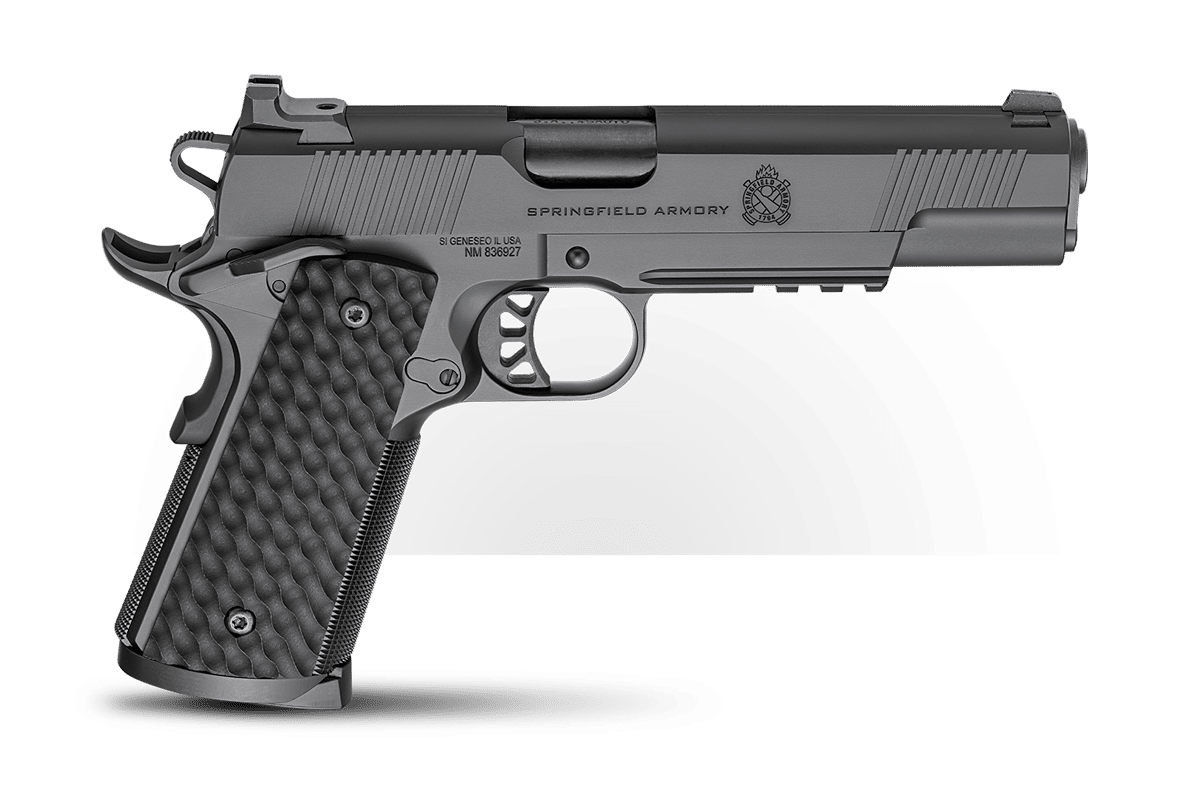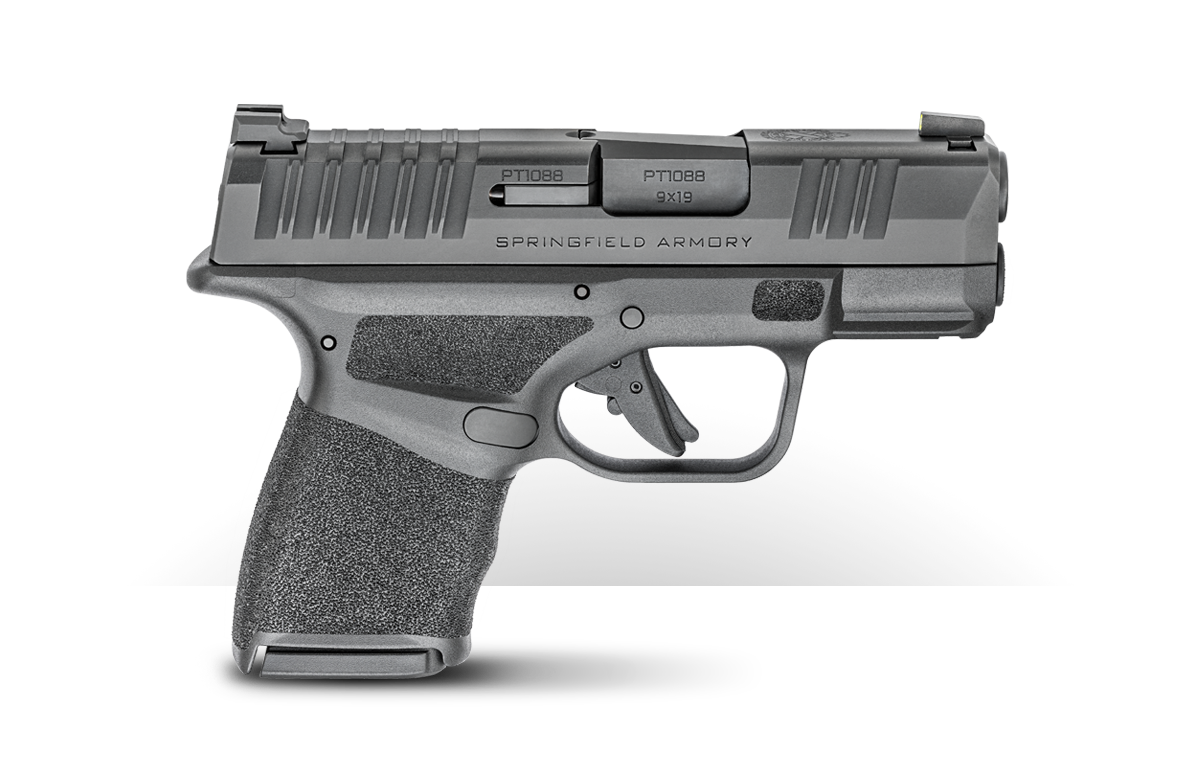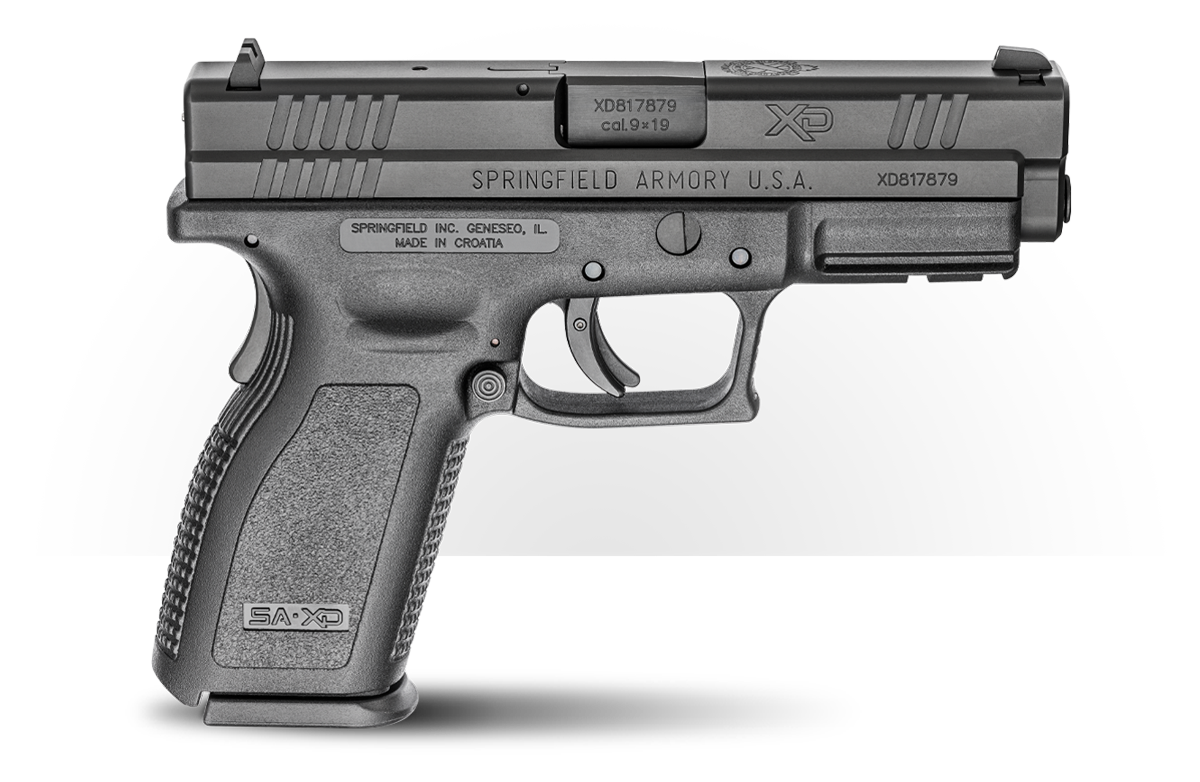Is a Custom Pistol a Waste of Money?
December 12th, 2024
7 minute read
I, like many of you, appreciate the charms of a high-grade, custom-level pistol. Combining mechanical and aesthetic perfection, these types of guns exude quality. For example, a 1911 at this level should feature a barrel and bushing that are precisely fit, hand-fit marriage of slide to frame, and a trigger that has a perfectly consistent “glass rod” break. When you rack the slide of guns like these, there’s no slop — anywhere. Every part feels like it rides on ball bearings, and any point of unnecessary inconsistency or variability that could have a hand in reduced accuracy has been addressed.

That said, I do nearly all of my shooting at public ranges, so I can tell you this for certain: a very good pistol in the hands of a novice or totally green shooter will not turn them into a Rob Leatham.
About twice a year, a shooter will walk up to the counter of the range after standing on the precipice of enlightenment, ready to make the leap. “I paid a lot of money for this gun, but it’s shooting low and left for me,” the customer will state. “Can one of you guys shoot it and see if it does the same for you?” If they happen to query the long-time shooter and competitor who manages my favorite range, he will oblige. Invariably, he’ll send four or five rounds through the same hole at 7 yards. “…But I hate doing it,” he notes.
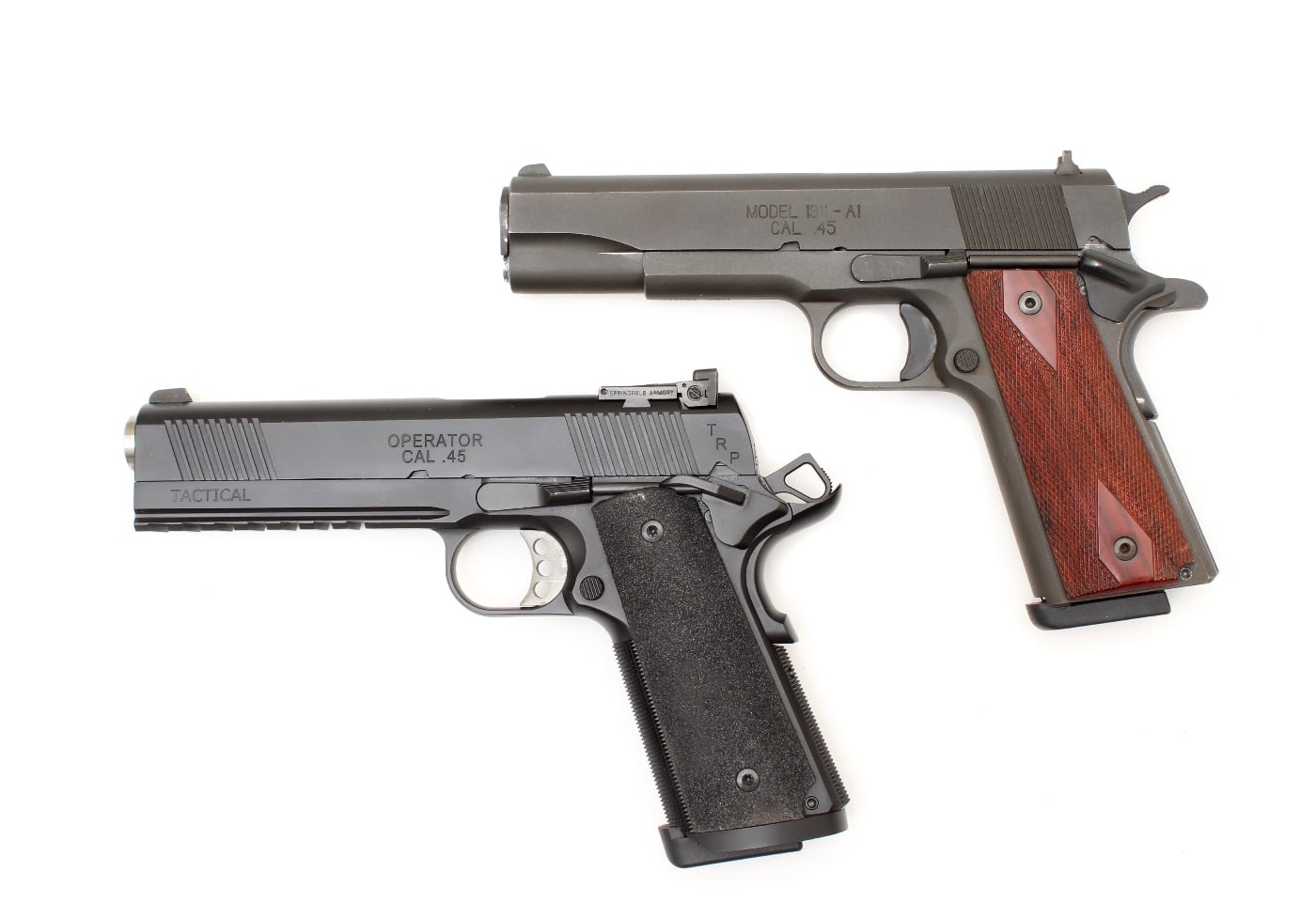
Today, let’s take a quick inventory of what you’re going to get by “going up the ladder” in buying a handgun, in the hopes that it may provide a little more information about what’s right for you and to set a realistic set of expectations for what an exquisitely crafted firearm is capable of delivering.
Box Stock
First and foremost, we are living in a time where “entry level” pistols are better than ever before. Certainly, the product line at Springfield Armory reflects this: as a consumer, you’re getting a level of accuracy and reliability, combined with a host of shooter-friendly features, that would have been unthinkable decades prior. I still contend the Springfield XD is a nearly unbeatable value. The new XD Mod.3, for around three bones out the door, will get you a rock-solid platform that is a true performer.
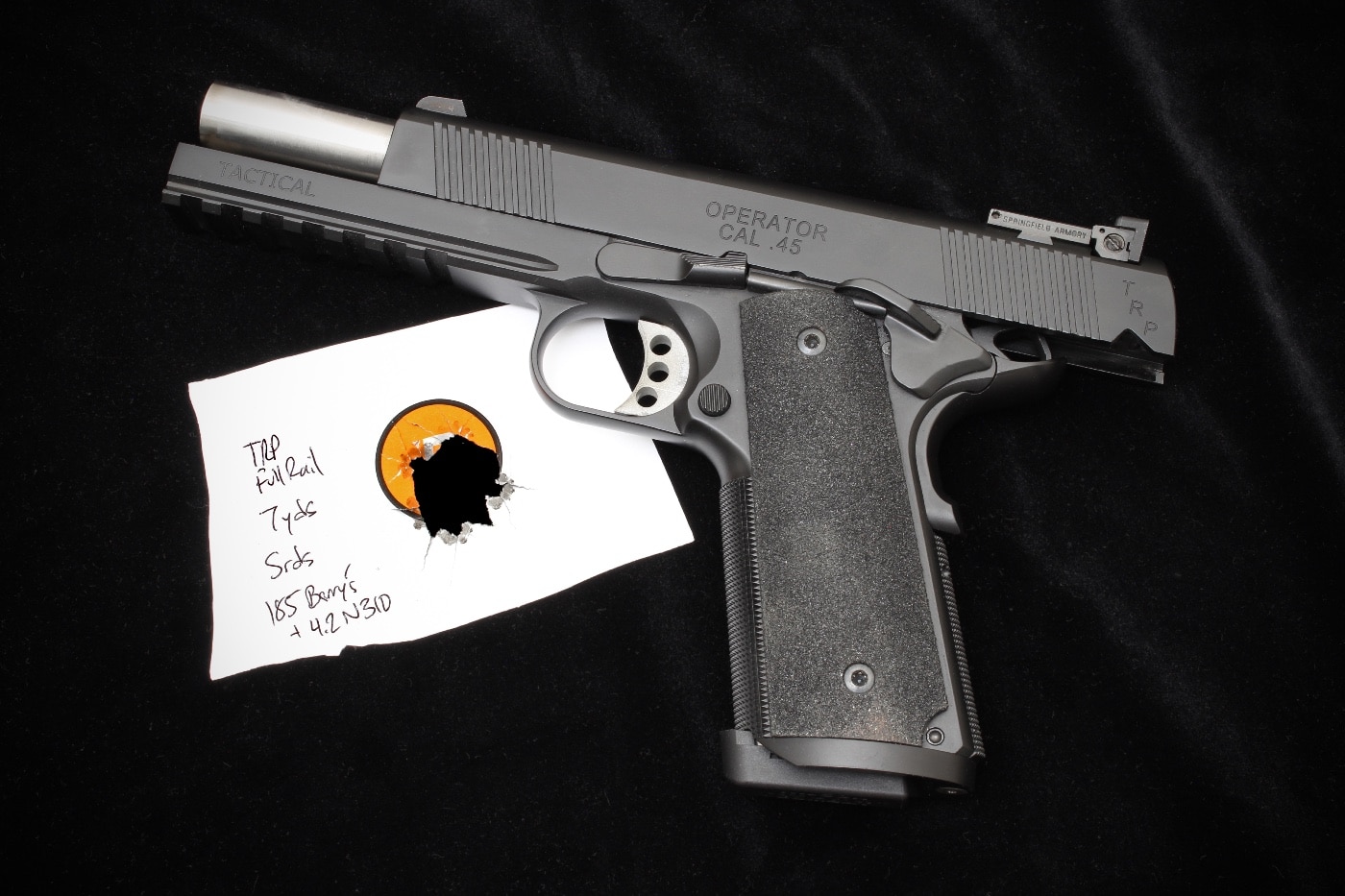
In my own testing, I have found that the sights are regulated so that I never need to worry that my shots won’t hit to point of aim, and the guns just work with a variety of bullet weights and profiles. I had some light-for-caliber 9mm rounds that were causing a few of my other service-style guns to choke, and my 3” XD gobbled them right up.
If you bought a handgun for the equivalent of what this would get you in 1990 dollars, you’d likely be locked into a rattle-heavy piece of military surplus that probably wouldn’t like feeding jacketed hollow points, and even with “ball” ammo, it still might choke. Triggers would usually be rough and gritty, and ergonomics would almost always be lacking. From that standpoint, the gun stores of today are rife with great deals and awesome products.
Attention to Detail
Of course, the tremendous state of today’s “entry level” guns doesn’t mean that a little extra time and attention can’t be spared. Especially where Springfield Armory’s guns are concerned, spending more often provides the shooter with upgrades that maximize both mechanical accuracy (i.e., hand-fit parts) and practical accuracy (such as crisp, light, consistent triggers). On one hand, those little touches are maximizing the accuracy potential of them; on the other, they’re also maximizing your ability to pull the trigger to the rear of the gun while imparting as little movement as possible.
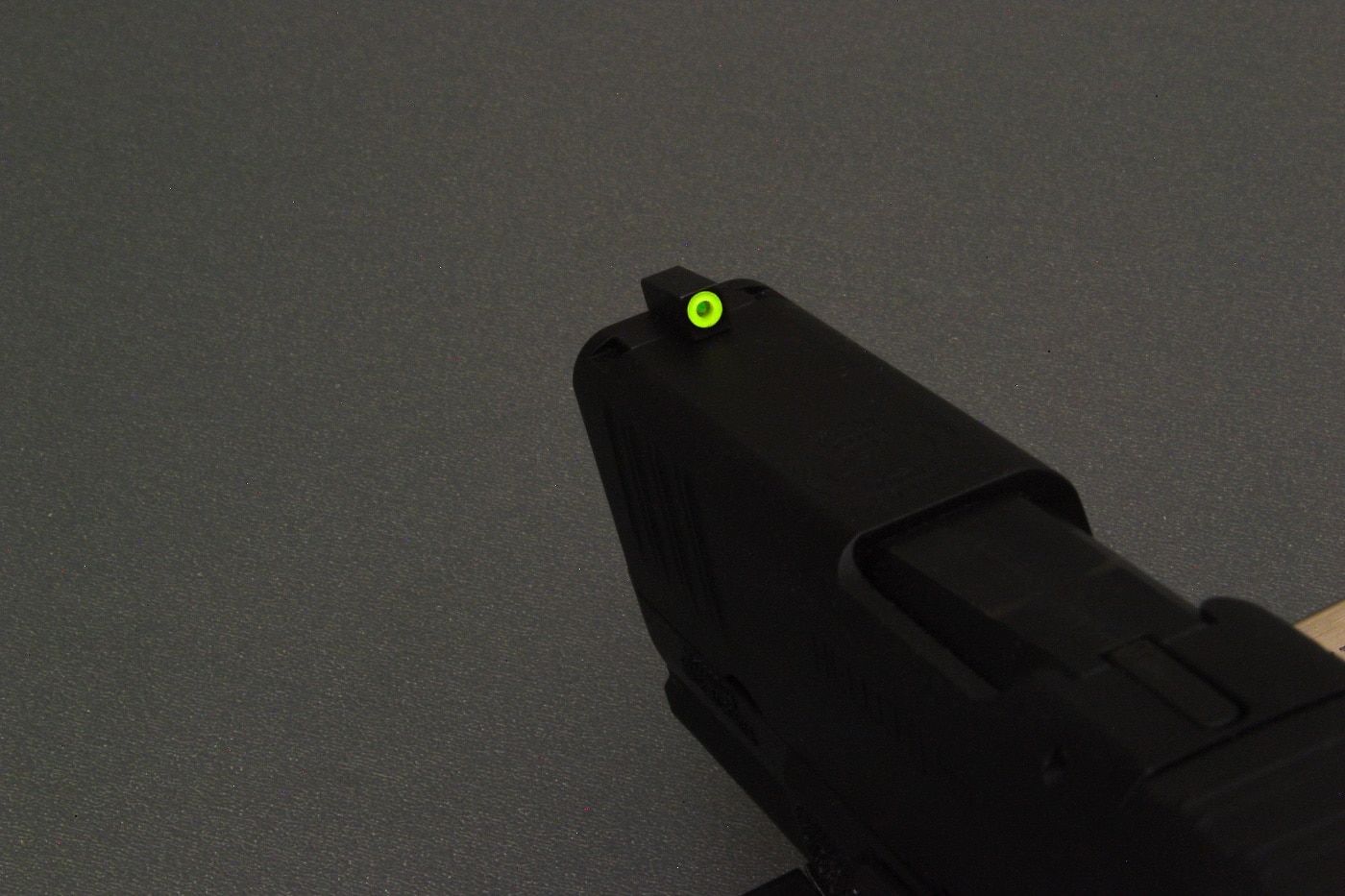
Surveying my own shooting and those of others over the years, I have found, anecdotally, that a truly outstanding handgun will allow people to shoot about 40% better on average than a stock gun. It’s a palpable difference! I can normally hold about an offhand 2.5” group with just about any “duty” type handgun at 7 yards, and if I switch over to something like my Springfield TRP, I can shrink that to about an inch and a half or better. That’s in my own two hands, at least.
The benefits provided by some “bells and whistles,” so to speak, will provide a shooter with a little secret sauce to help get to the ceiling of their current ability. Realistically, they may not turn pie-plate or shotgun pattern-sized groups into a single ragged hole. Suppose, for example, that someone switches from a “plain Jane” 1911 to one that has been tuned and accurized. That substitution does not make for an utterly transformative difference in one’s shooting, but I guarantee it will result in a set of outcomes that are statistically and quantifiably better, even when shot offhand within indoor distances.
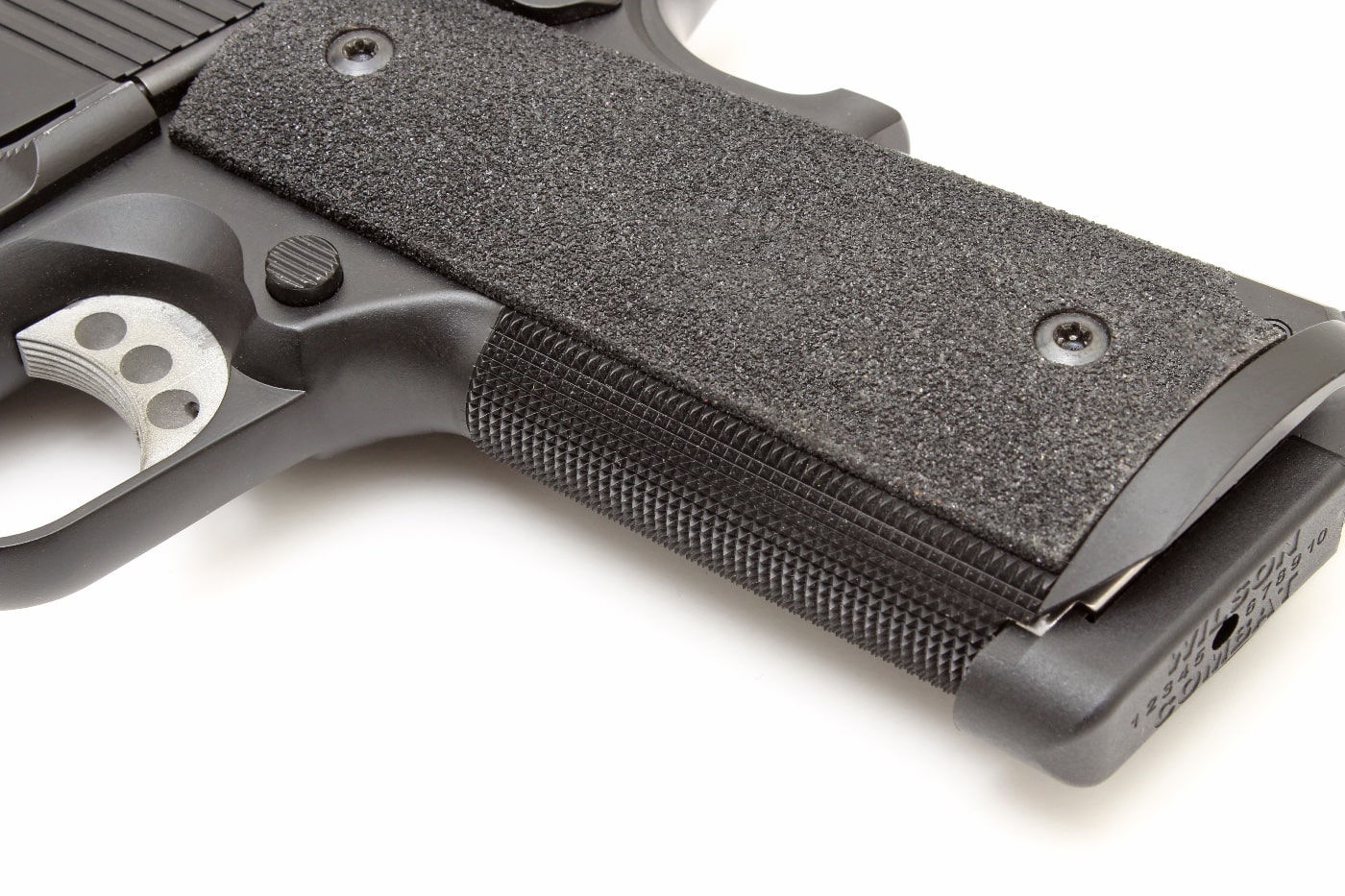
Additionally, there are a lot of features that are designed around usage as much as accuracy. For examples of the type, study a Springfield Hellcat. Not every shooter will necessarily make use of the gun’s tritium front sight, red-dot ready capability, or frame texture “index points.” Each of those features, however, is baked into the gun. Compared to the 3” XD — again, a wonderful firearm that will serve many folks’ CCW needs — the Hellcat’s feature set and more adaptable nature is what makes it a next-generation pistol, and one that reflects a variety of modern tastes and predilections among knowledgeable pistoleros.
A Third Perspective
There’s also nothing wrong with wanting the best, or simply buying the gun that calls to you.
This might on one hand come from an appraisal of aesthetics. My Hellcat Pro doesn’t look like my 3” XD, and for a lot of people there’s an innate cool factor connected with a more modern, feature-rich gun. In other cases, a purchase might be motivated by the notion of retained value. When it comes to adding a gun to our collections that we imagine might be passed down to our grandchildren, we often tend to dig a little deeper into the wallet. It’s also reassuring to know that hard-wearing finishes and strong, forged parts often makes for a gun that remains functional and accurate over the span of several decades.
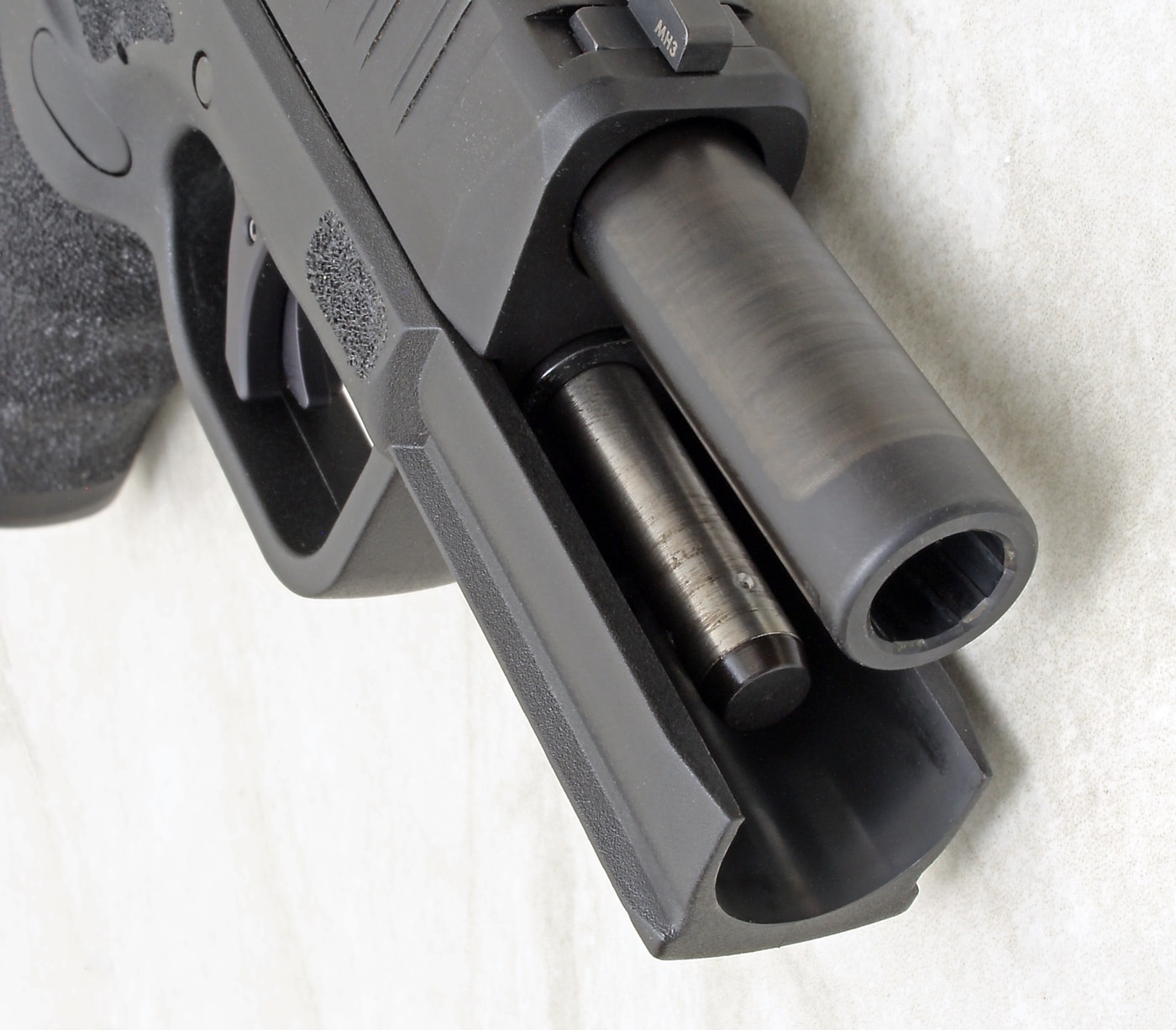
On the other hand, there’s no small amount of reassurance in knowing that when you show up to the range, any misses are entirely your fault as a shooter. Splurging for a gun with all of the accouterments, exacting fitment, and user-friendly refinements ensures that just about anyone has a platform they can grow into. A great gun makes it easier to focus on the fundamentals, and removes a lot of the alibis and speculation that attend sub-par results — a shooter who always blames his gun, his trigger, or his ammo for a string of bad shots will find that improvement goes a lot more slowly than it would otherwise.
Phrased more succinctly: it’s true that most shooters don’t need the bells and whistles to shoot well. However, it’s equally true to say that if you had a TRP in your hands, there would be very little holding you back. With the Hellcat, there’s very little a shooter has to do to the gun to make it ready-to-go as a concealed carry piece. For some, these details make a big difference in not only purchase mentality, but how they approach their training.
Your Money, Your Value
Thankfully, we live in a country where we can spend money not just on needs, but wants — and as the old saying goes, the customer is always right. There’s no hard and fast rule as to when a shooter would be better served by spending money on ammo and range time to improve his or her abilities, or when that money would be better spent on upgrading the firearm itself.
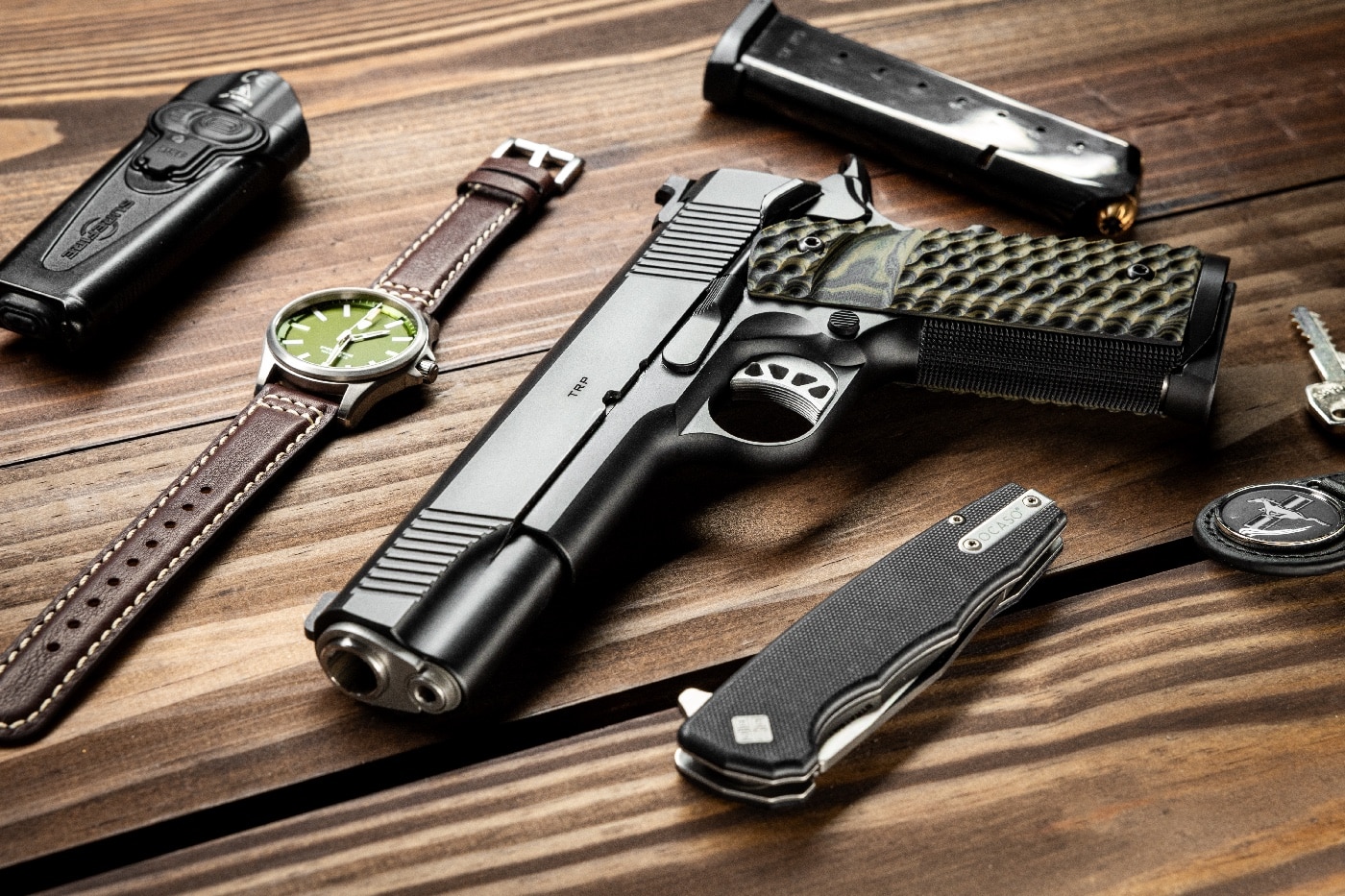
Speaking from my own experience, I can shoot box stock guns pretty well, and the custom touches and refinements of my higher-end guns aren’t prerequisites to turning in solid groups. That said? I shoot better with those enhancements in place, if only incrementally, and I appreciate even the smallest details on a firearm that make it easier for me to reach my full potential.
Editor’s Note: Please be sure to check out The Armory Life Forum, where you can comment about our daily articles, as well as just talk guns and gear. Click the “Go To Forum Thread” link below to jump in and discuss this article and much more!
Join the Discussion
Featured in this article
Continue Reading
Did you enjoy this article?

 186
186




